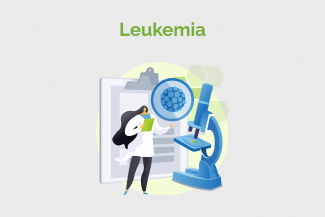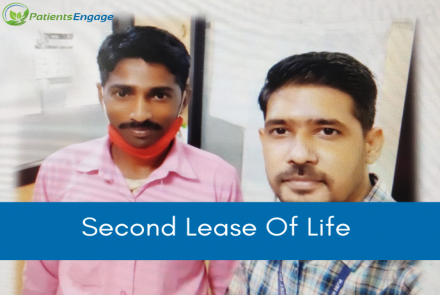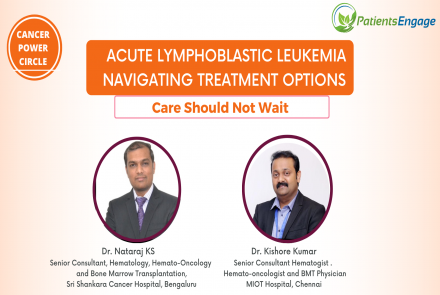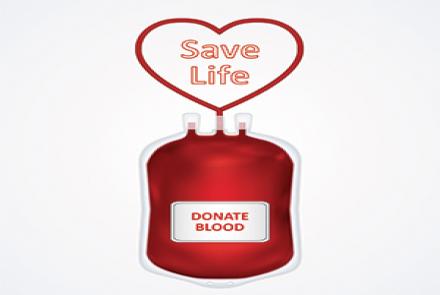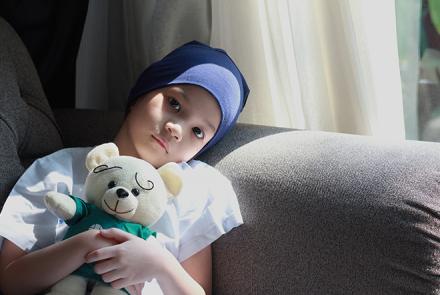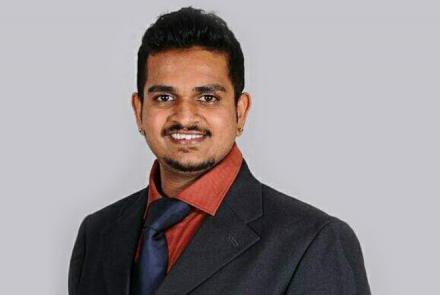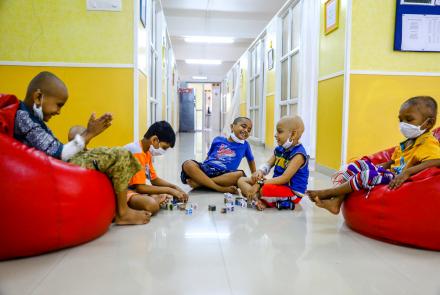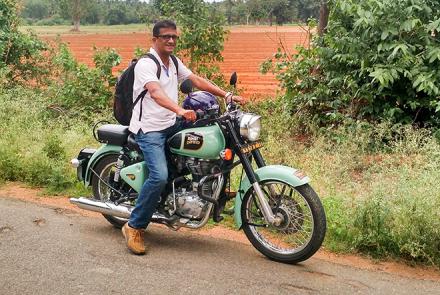
What is Leukemia?
Blood is a specialised organ that differs from other organs in that it exists in fluid (liquid) state. It makes up approximately 7% to 10% of normal body weight and amounts to 5 to 6L of volume.
Blood is made up of three types of cells and certain cellular fragments floating in a liquid called plasma. Red Blood Cells (RBCs) or Erythrocytes are responsible for carrying oxygen to various parts of the body while the White Blood Cells (WBCs) or Leukocytes help with the body’s defence system. Platelets are the blood's clotting mechanism.
Leukemia is cancer of the blood-forming stem cells. Blood stem cells are found in the bone marrow and develop into the different cells of the blood. Stem cells primarily form the lymphoid or myeloid stem cells, which further go on to differentitate into the red blood cells, various white blood cells and platelets.
Leukemia occurs when the blood stem cells makes excessive blast cells. These blast cells in turn have abnormal development and fail to make RBCs, WBCs or platelets. The abnormal blast cells are called Leukemia cells. The leukemia can affect the lymphoid or myeloid cells.

